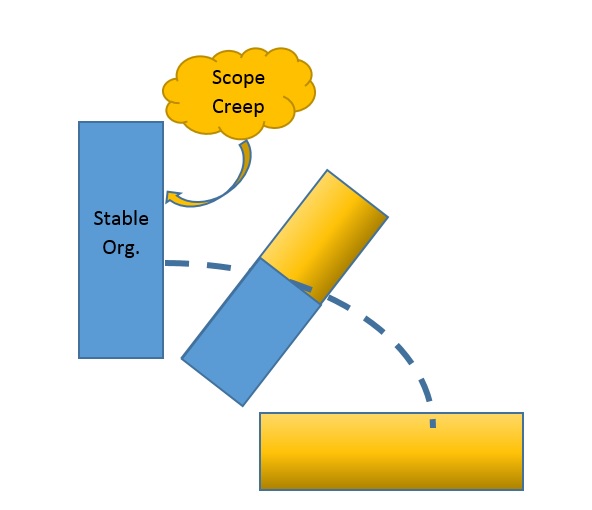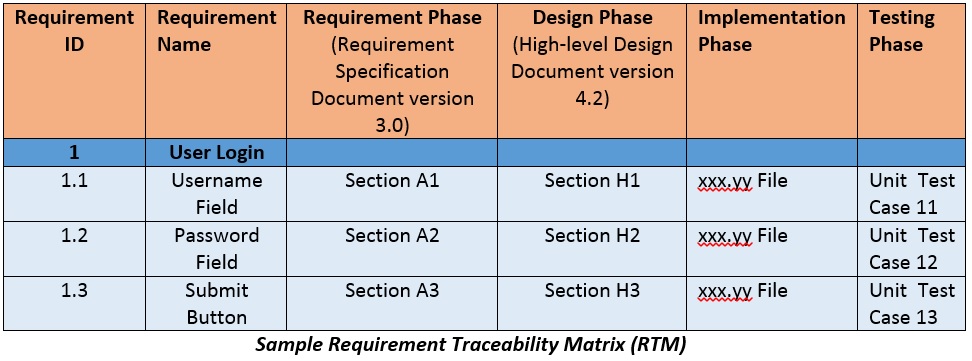How many times have we wondered toward the end of our deadline how and when a particular change was accepted? How many times have customers felt dejected because of getting a product which they never asked for? This is not the fault of the client or the project team, the project manager, but this is what a scope creeps does to a project. At first you think it’s a little change but in no time things fall all over the place and you are left amidst nowhere. We have heard several jokes on SCOPE CREEP. However, in reality scope creep has crushed down several industry giants with multi-million turnover to nothing over time. The term scope creep is one of the prime reasons for the existence of Project Management.

However, the scope creep is something that can be avoided. With appropriate and efficient use of Project Management Practices, scope creep can be handled effectively.
FEW TOOLS AND TECHNIQUES TO CONTROL SCOPE CREEP:
Effective Requirements Gathering:

As Lean Six Sigma says – “Doing it right the first time”, organizations must focus on effectively capturing the requirements of the project at the start. A lot of time and effort must be spent to gather requirements and to document them correctly.
During the requirements gathering process the analyst must first try to understand the underlying need for the requirement. This would help them to analyze the root cause of the problem and understand the existing problem in a better way. Another important aspect is to always ask open-ended questions which would bring out more information from the customers.

Face-to-Face meetings are often preferable as it paves way to effective verbal and non-verbal communication. This makes the overall requirements gathering process more effective. Also, in-person meetings help gain the trust of the opposite party. Finally, one important point that analysts must keep in mind is when they have a question or doubt they should ASK. Assuming things and not documenting them are the top 2 reasons for a change in scope at a later point during the project.
Baseline of Documents:
Baselining the documents is primarily getting approval from concerned authorities and managers which assures that the project is proceeding in the right direction. Once a document is baselined, it means that the document is approved and any further changes to the document or artifact cannot be made without getting an approval for the change. This way we can keep track of changes that happen to the project. This also enables us to accurately estimate the amount of effort, time and cost that would involve to carry out a specific change and helps the project to remain within its budget and time.
Change Control Board (CCB):
Change Control Boards help organizations to curtail the scope creep. Any changes to the scope of a baselined project is reviewed and approved by the members of Change Control Board (CCB), who analyze various aspects of the change such as cost and time effectiveness, how it would affect the overall project etc. Once the Change Control Board feels that the change is essential and valid, it then approves the change. The new scope is added and implemented by the project only when they receive an approval for the change from Change Control Board.
Requirements Traceability Matrix (RTM):
Tools like Requirements Traceability Matrix help us to track the requirements throughout the various phases of the project. Traceability of the requirements enables us not to lose them and keep track of them until project completion. A sample RTM is shown below, look at how a single requirement is tracked through the requirements, design, implementation and testing phase.

There are several other tools and techniques available in the market which helps control scope creep. I will discuss more on those and effective scope management in my next blog.
Thank you very much for reading my blog. Your comments and input are greatly appreciated.
Did this blog post help you? If so, please consider enrolling in one of our upcoming open enrollment training classes. You can take our training classes “in person” in our EPMA training center in Houston, Texas or “live-virtual” over the Internet.
And don’t forget to follow us on Twitter, LinkedIn, and Facebook.

